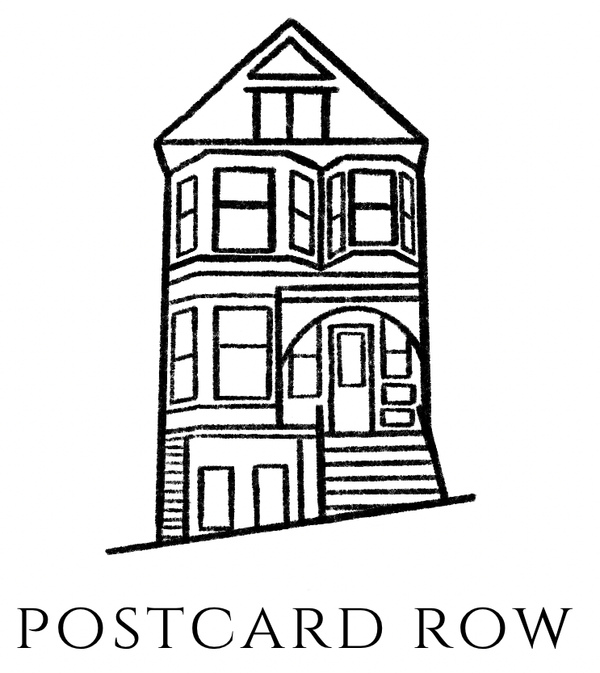needlepoint glossary

13-mesh: 13 holes per inch, so fewer stitches required per piece. The benefit is that the project will go by faster and you don’t have to squint as much to see if you missed a stitch.
18-mesh: 18 holes per inch, so more stitching required per piece. The benefit is that 18-mesh canvases allow for more detail in designs.
Block: the process of straightening out your canvas when it has warped or gone wonky from your grubby little hands grabbing it while you stitch. Apparently “blocking” is a quilting technique, but it involves steaming your canvas, stretching it where it needs to be stretched, and then pinning it to a cork board for at least one night to set it. It is a tedious process that can be avoided by better canvas-handling, but sometimes warping is unavoidable.
Color swap: say you find a canvas you love, but the colors are just not you. Color swapping is an easy way to personalize a needlepoint canvas to your preferences. You can either just mentally switch the colors and stitch accordingly, or you can go the extra mile and paint over the colors you want on the canvas. We have never done the latter, but Isabella tried to use navy silk lame over pink stitch painting and the pink peeks through. If you want a true navy effect (in that example), then you should paint over the pink!
Cross-stitch: not needlepoint but close. Needlepoint + more stitching + counting. The difference between cross-stitch and needlepoint is where the map is – with cross-stitch, you have to print out a pattern and count out where you are stitching certain colors. With needlepoint, someone else (the designer) has done that for you, and painted it onto the canvas, so no additional counting is required. Needlepoint is closer to paint-by-numbers than cross-stitch, but both are similar in that they are typically following someone else’s pattern.
Floss: what nightmares are made of; the type of thread that often frays because it is made of single strands of fiber that aren’t corded together, which makes it difficult to thread through needles (see “threader” below).
Finish: what happens when you stitch every last stitch in your project. Needlepoint “finishing” refers to how you transform the canvas into something else – whether that’s a framed piece, a hanging ornament, a pillow, or a $900 purse. See “self-finish” for options that don’t break the bank.
Frogging: when you cut out all the stitches you just stitched into a needlepoint canvas because you don’t like how the stitch looks or you oriented it the wrong way. A real bummer when it comes to conserving thread, but sometimes you get distracted when you are stitching!
Kit: everything you need to stitch a needlepoint canvas, which is typically the canvas itself, a needle, and all of the threads required to cover the canvas. At Postcard Row, we are hoping to provide full kits for our canvases in the future!
Needleminder: typically a novelty magnet that you can affix to any canvas to make it easy to take a break from stitching. Sometimes the magnet is strong enough to also hold your scissors somewhere on the canvas too.
Ort: a disgusting name for the leftover tail threads on the back of your needlepoint canvas. At Postcard Row, we prefer to refer to these as "tails" or “leftovers.”
Project bag: some sort of container that includes everything you need to stitch your needlepoint canvas - typically the canvas itself, the threads for the canvas, a needle, a needleminder, and embroidery scissors for cutting off leftover thread (orts/tails/leftovers).
Self-finish: when you don’t have $300 more to spend on a canvas that cost $100 in the first place. There are a multitude of how-to videos online that can teach you how to finish projects on your own, but these often take time and practice to become skilled at it. And unfortunately these still cost money. Everyone starts somewhere! Many needlepoint shops sell self-finishing items that you can cut and slip a canvas into – for example, we have seen self-finishing passport covers, purse slots, koozies, keychains, jewelry boxes, and recently Morgan Julia Designs released a self-finishing clutch!
Skein: one unit of thread that you can buy at a store. Skeins often come in differing lengths depending on the material and price point of the thread.
Stretcher bars: wooden bars that you can affix your needlepoint canvas to with either tacks or staples to help with holding the canvas. Rumored to help avoid warping, but unconfirmed. Stretcher bars are not adjustable, you may have to buy several different sizes for different sized canvases. Think of them like an embroidery hoop for cross-stitch or regular hand-embroidery, but an equivalent for needlepoint.
Threader: a little contraption that helps you more easily thread your needle, especially for narrow-eyed needles or finicky threads with easy-to-fray fibers, and that can help you avoid licking your thread, if you don’t like that. Usually needlepoint stores will give them out for free, but those are usually tiny and easy to lose.
Warp: what happens when your needlepoint canvas goes wonky and stretches out to more of a trapezoidal shape from your sweaty little hands grabbing and weakening the canvas while you stitch.
